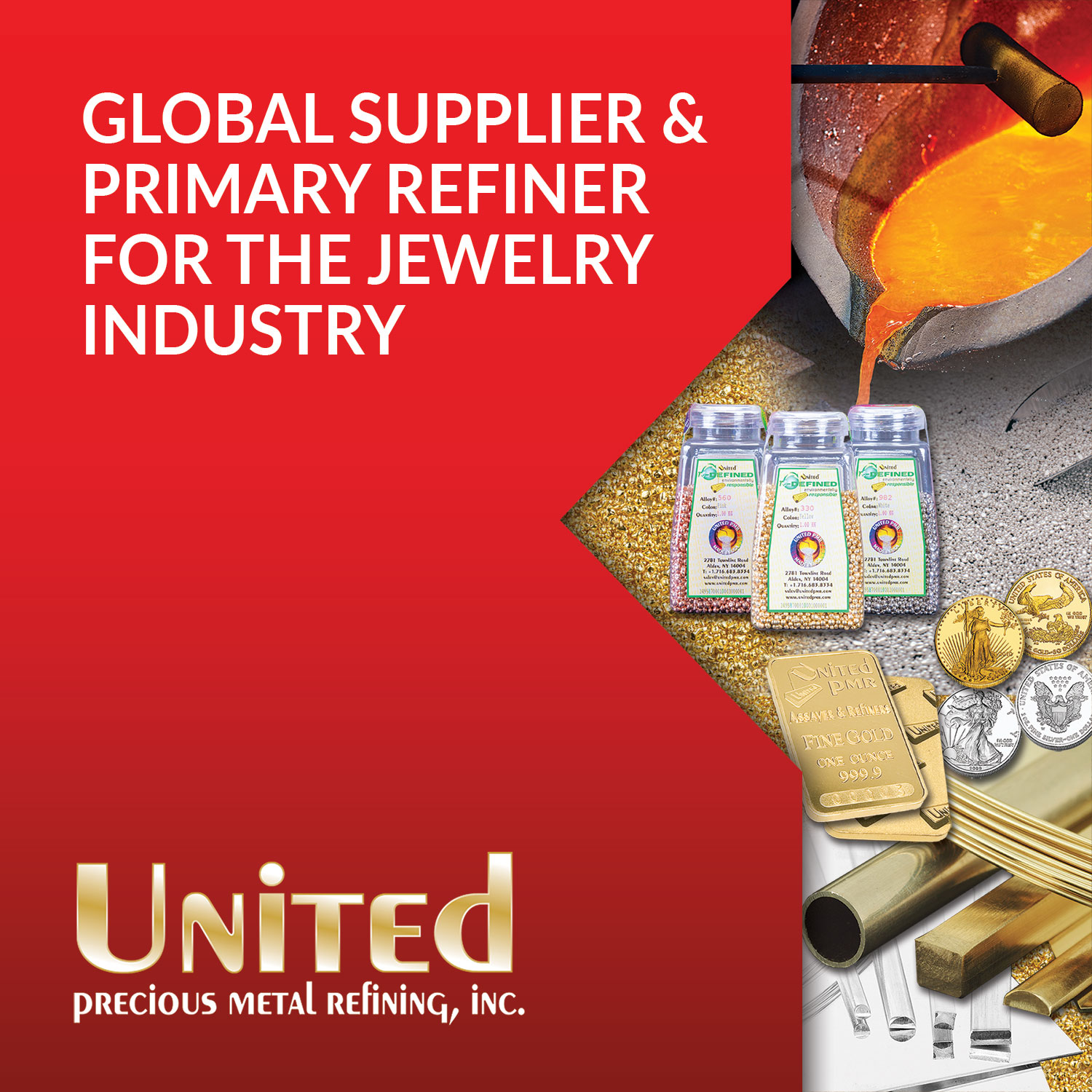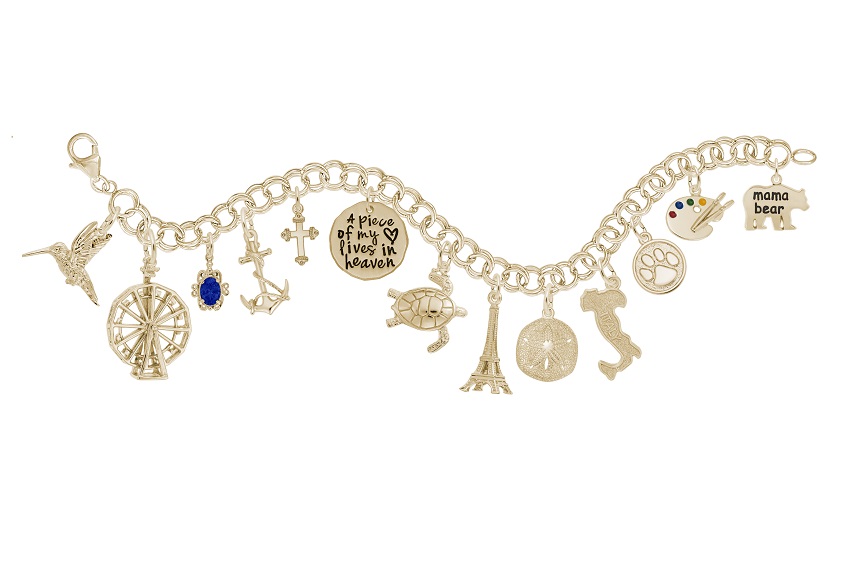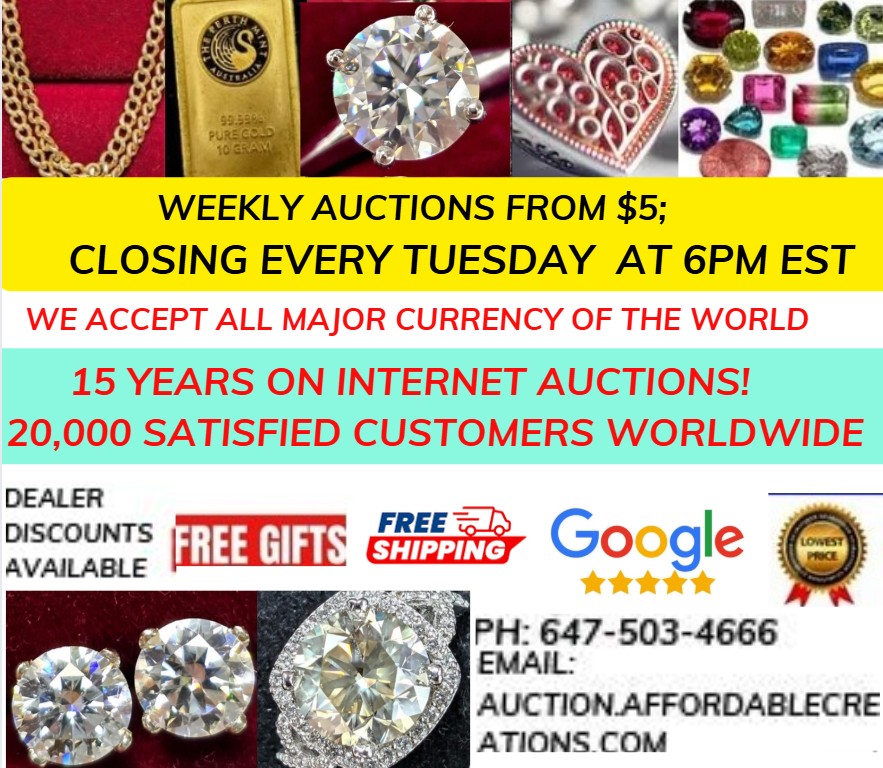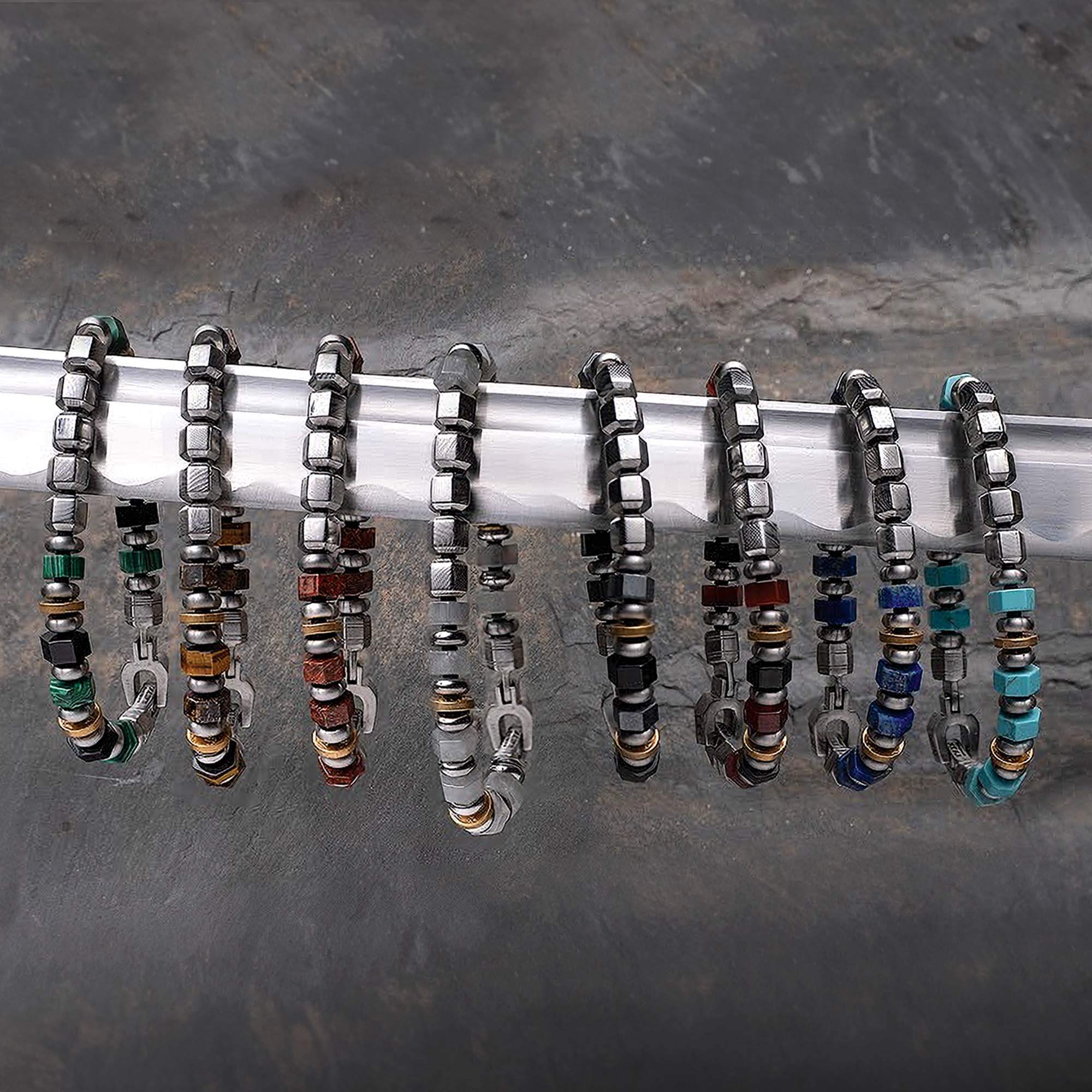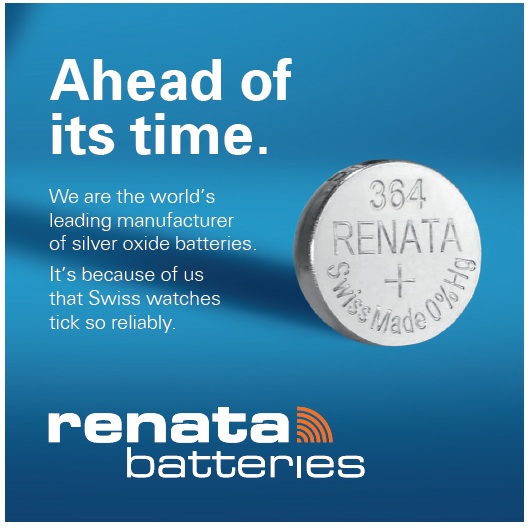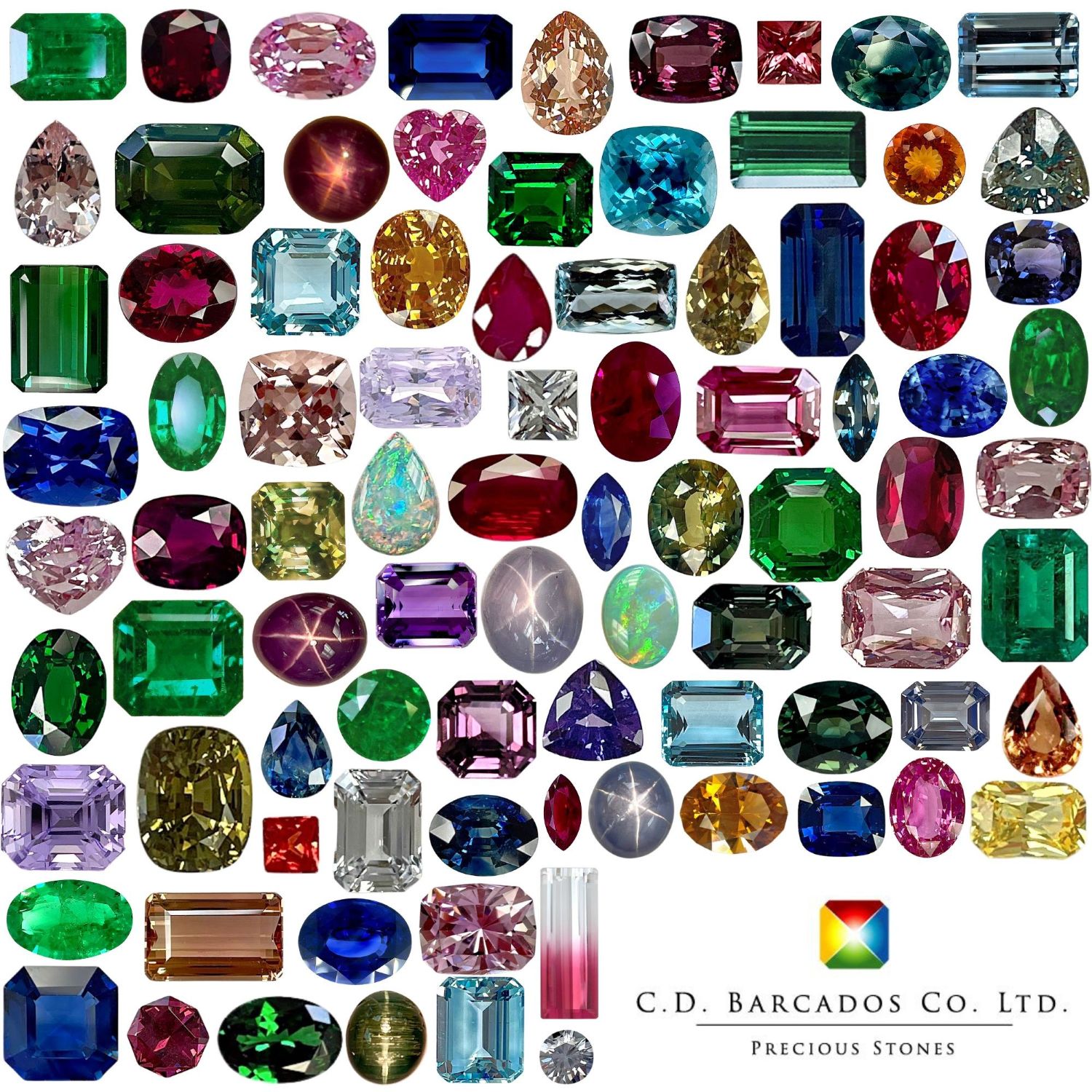Alloys through the ages
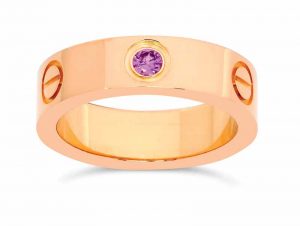
The rest of the metal
What happens with the rest of the karatage or percentage? For instance, 18-karat gold is 75 per cent gold, meaning 25 per cent of it is something else. There is no regulation for the alloying metal virtually anywhere in the world.
Gold is yellow, but we can make it other colours by mixing it with other metals. Copper, for one, is a pink metal, and when mixed with gold, it makes the gold pink, producing rose gold. Rose gold was very popular in the 19th century, and it has come back into style today. We see lots of watches in this alloy.
White gold can be produced by alloying white metals with gold. Traditionally, nickel made a great white gold alloy, but many people have an allergic reaction to this metal, so it has been dropped. Platinum also makes a good alloying option, but it’s expensive. These days, several different metals are used for white gold. One odd alloy said to contain zinc is 19-karat gold, but quite white. It’s strange to have a higher proportion of yellow gold still result in a whiter alloy than 18-karat white gold.

White gold has been very popular since the 1990s, but has been on the way out for several years in Europe. It is gradually being replaced by a return to yellow gold. North America is usually a few years behind Europe in terms of trends, but yellow gold is coming back here, too.
In the 1980s and 1990s, lots of jewellery was made using multiple colours of gold in the same piece. Italy was particularly noted for its tricolour gold chain bracelets and necklaces. Today, the industry has moved on from that fashion, and we don’t see much of it (with certain exceptions, such as Cartier rolling rings).
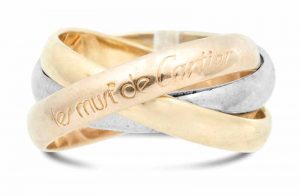
Unusual alloys have also been made. Blue gold, for example, is gold with iron. It is brittle and unworkable, but Patek Philippe has used it in watch dials. Purple gold is gold and aluminium, and is also brittle and difficult to work.
Silver has had a more constant standard—for centuries, we have used its sterling or 925 alloy. This is 92.5 per cent silver, usually combined with copper. Rarely have other standards been seen for this metal, as the use of sterling is fairly global. Occasionally, we’ve also used ‘coin silver,’ which is 80 per cent silver. Although this alloy is not made from coins, its name is inspired by the fact many silver coins have been made from 80 per cent silver, typically with a copper alloy.
Platinum has only been widely used for around a century. Generally, the standard of 95 per cent platinum is seen around the world (usually stamped ‘Pt,’ ‘Plat,’ ‘platinum,’ or ‘950’), with the United States sometimes using 90 per cent platinum with 10 per cent iridium as the alloy. Hong Kong recently introduced what was called 18-karat platinum or 75 per cent platinum, but it hasn’t really caught on elsewhere in the world.
Endless possibilities
Over the past 20 or 30 centuries, we’ve endeavoured to establish standard metal alloys for jewellery. We have been very successful—in fact, so successful we’ve created dozens of single standards, all fulfilling certain needs.
If we don’t like the alloy we have, we can invent a new one. There are always new combinations being made. If we don’t like the colour, we can always try again…or get some clever metallurgist to try again.
 Duncan Parker, FGA, FCGmA, CAP-CJA, is vice-president of Dupuis Fine Jewellery Auctioneers, based in Toronto. He has worked as a gemmologist and jewellery specialist, appraiser, and consultant for the past 28 years. Parker is an educator and lecturer on jewellery subjects, and has been a speaker at international conferences with a focus on jewellery history. He has served as president of the Canadian Gemmological Association (CGA) and Jewellers Vigilance Canada (JVC). Parker can be reached via e-mail at duncan.parker@dupuis.ca.
Duncan Parker, FGA, FCGmA, CAP-CJA, is vice-president of Dupuis Fine Jewellery Auctioneers, based in Toronto. He has worked as a gemmologist and jewellery specialist, appraiser, and consultant for the past 28 years. Parker is an educator and lecturer on jewellery subjects, and has been a speaker at international conferences with a focus on jewellery history. He has served as president of the Canadian Gemmological Association (CGA) and Jewellers Vigilance Canada (JVC). Parker can be reached via e-mail at duncan.parker@dupuis.ca.

